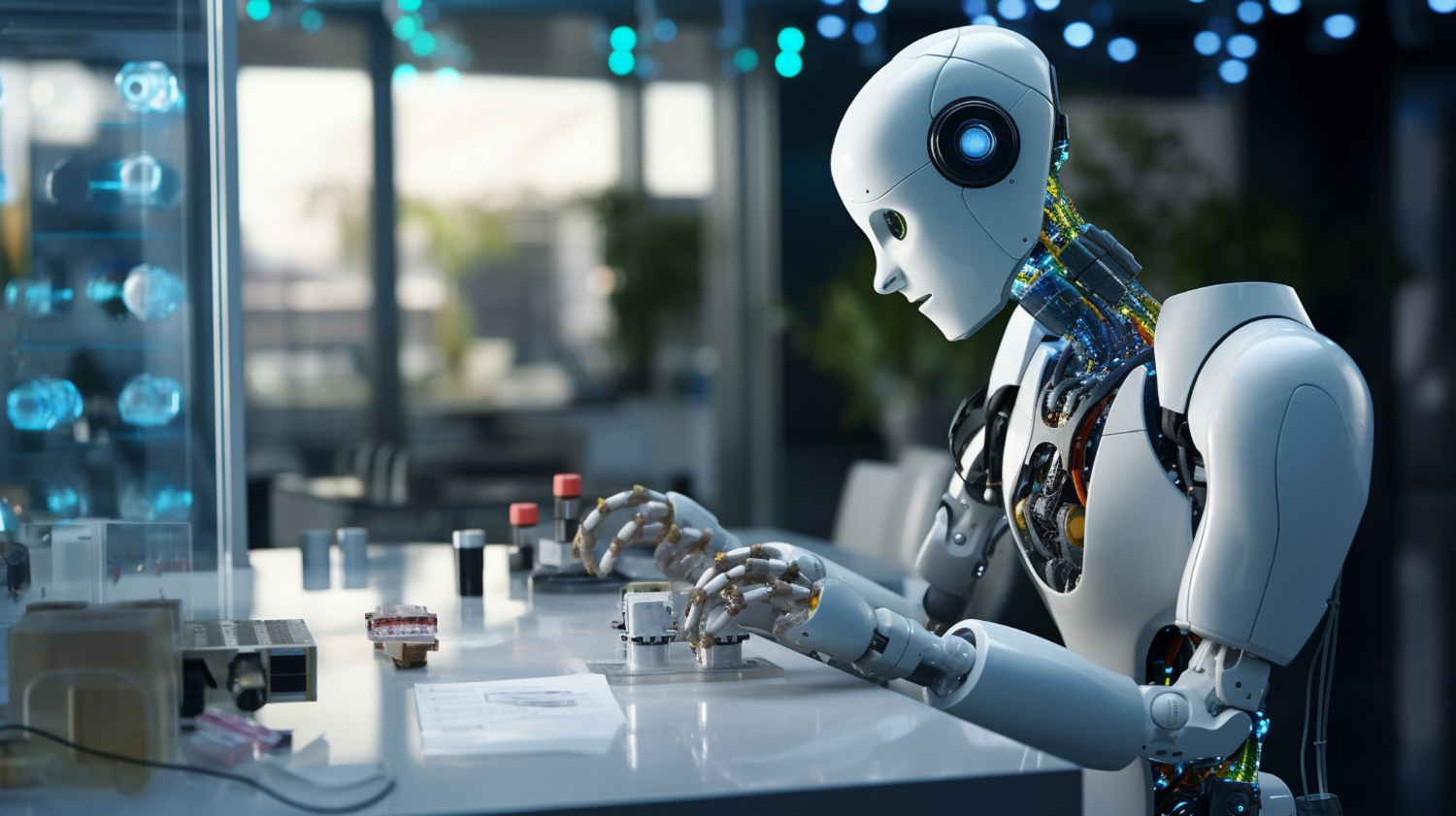The landscape of technology is advancing at a remarkable pace, with robotics and autonomous systems leading this transformation. These innovations are not just enhancing industries but are fundamentally altering our daily lives and work environments. For those with a keen interest in technological advancements, understanding these changes is essential.
Defining Robotics and Autonomous Systems
Robotics encompasses the design and creation of machines intended to perform tasks traditionally executed by humans. Autonomous systems, conversely, are sophisticated technologies that possess the ability to function autonomously, employing sensors and algorithms to render decisions in a timely manner. While robotics focuses on physical machines, autonomous systems also include digital technologies that function without direct human control.
Core Characteristics
Robotics and autonomous systems are distinguished by several key features:
- Automation: These systems can perform tasks autonomously, enhancing efficiency and reliability.
- Adaptability: They can adjust to new environments and challenges, increasing their versatility.
- Intelligence: Leveraging AI and machine learning, these technologies can learn, make informed decisions, and continuously improve.
Technological Advancements Driving Innovation
The progression of robotics and autonomous systems is being driven by several technological advancements, including AI, sensor technology, and materials science.
Artificial Intelligence (AI)
AI is a fundamental component of modern robotics and autonomous systems. It enables computational systems to assimilate knowledge from their surroundings, execute reasoned choices, and enhance operational efficacy progressively. For example, robots augmented with artificial intelligence within industrial settings are capable of adjusting to fluctuating circumstances and refining processes, thereby resulting in heightened productivity.
Sensor Technology
Advanced sensors are crucial for the functionality of autonomous systems. They collect vital data about the surroundings, enabling machines to navigate complex scenarios. In the realm of autonomous vehicles, sensors including LiDAR and radar play a critical role in the identification of obstacles and the maintenance of safe operational parameters within autonomous systems.
Materials Science
Recent innovations in materials science are enhancing the capabilities of robots. Innovative materials are currently being engineered to enhance the durability and flexibility of robotic systems, thereby enabling their efficient operation in demanding environments, ranging from aquatic explorations to extraterrestrial missions. These advancements also contribute to improved efficiency and mobility.
Case Study: Boston Dynamics
Boston Dynamics stands out for its pioneering work in robotics. Their robots, such as Spot and Atlas, exemplify the potential of modern robotics. Spot is known for its versatility and is used in various applications, from industrial inspections to research. Atlas demonstrates advanced bipedal movement and manipulation capabilities. The company’s innovations illustrate how robotics can enhance operational efficiency and safety across diverse sectors.
Applications Across Industries
The impact of robotics and autonomous systems extends across numerous industries, offering new opportunities and enhancing existing processes.
Healthcare
In the healthcare sector, robotic systems are revolutionizing surgical procedures. They enable more precise and minimally invasive operations, resulting in faster recovery times and reduced complications.
Agriculture
In agriculture, autonomous systems are transforming farming practices through precision agriculture. Drones and autonomous tractors monitor crop health, optimize irrigation, and manage planting and harvesting, leading to increased productivity and sustainability.
Logistics
In logistics, autonomous vehicles and robots are streamlining supply chain operations. These systems handle inventory management, sorting, and transportation, improving efficiency and reducing reliance on manual labor.
The Future of Robotics and Autonomous Systems
Looking ahead, robotics and autonomous systems will continue to evolve, driven by advancements in technology and shifting societal needs. The advent of nascent domains such as quantum computing, sophisticated artificial intelligence, and fifth-generation connectivity will significantly augment these technologies, thereby generating novel pathways for innovation.
These developments will increasingly integrate into various aspects of life and industry, from smart infrastructure to advanced manufacturing processes. For researchers, exploring these trends offers valuable insights into how technology can address complex challenges and drive progress.
Conclusion
Robotics and autonomous systems are at the forefront of technological advancement, transforming industries and enriching our daily lives. By understanding and embracing these innovations, we can unlock new opportunities for growth and efficiency.
As we continue to explore the frontiers of robotics and autonomous systems, we are thrilled to invite you to the “First International Conference on Artificial Intelligence Research (AIR),” taking place on September 10-11, 2024. Hosted by the American University in the Emirates (AUE), this pivotal event will examine the latest advancements and research in these transformative technologies. Join us to engage with leading experts, discover groundbreaking innovations, and contribute to shaping the future of robotics and autonomous systems. Your participation will be instrumental in driving forward the conversation on the next wave of technological evolution. We look forward to your involvement in this dynamic and impactful conference.





